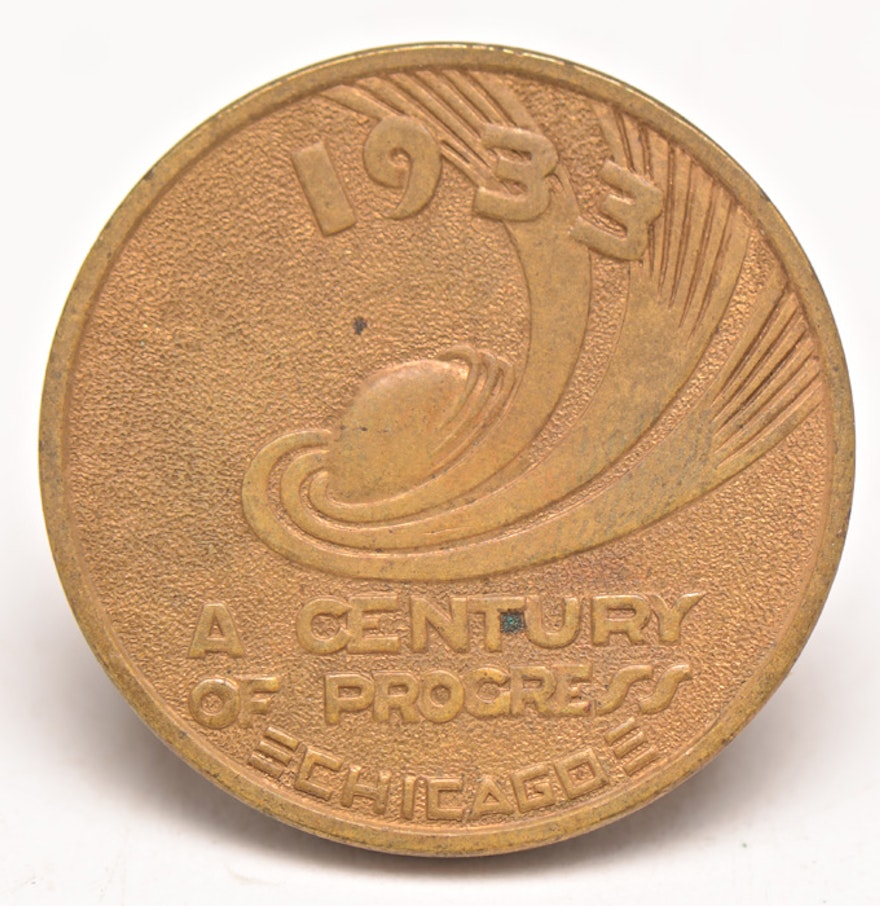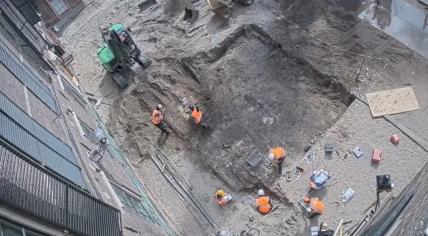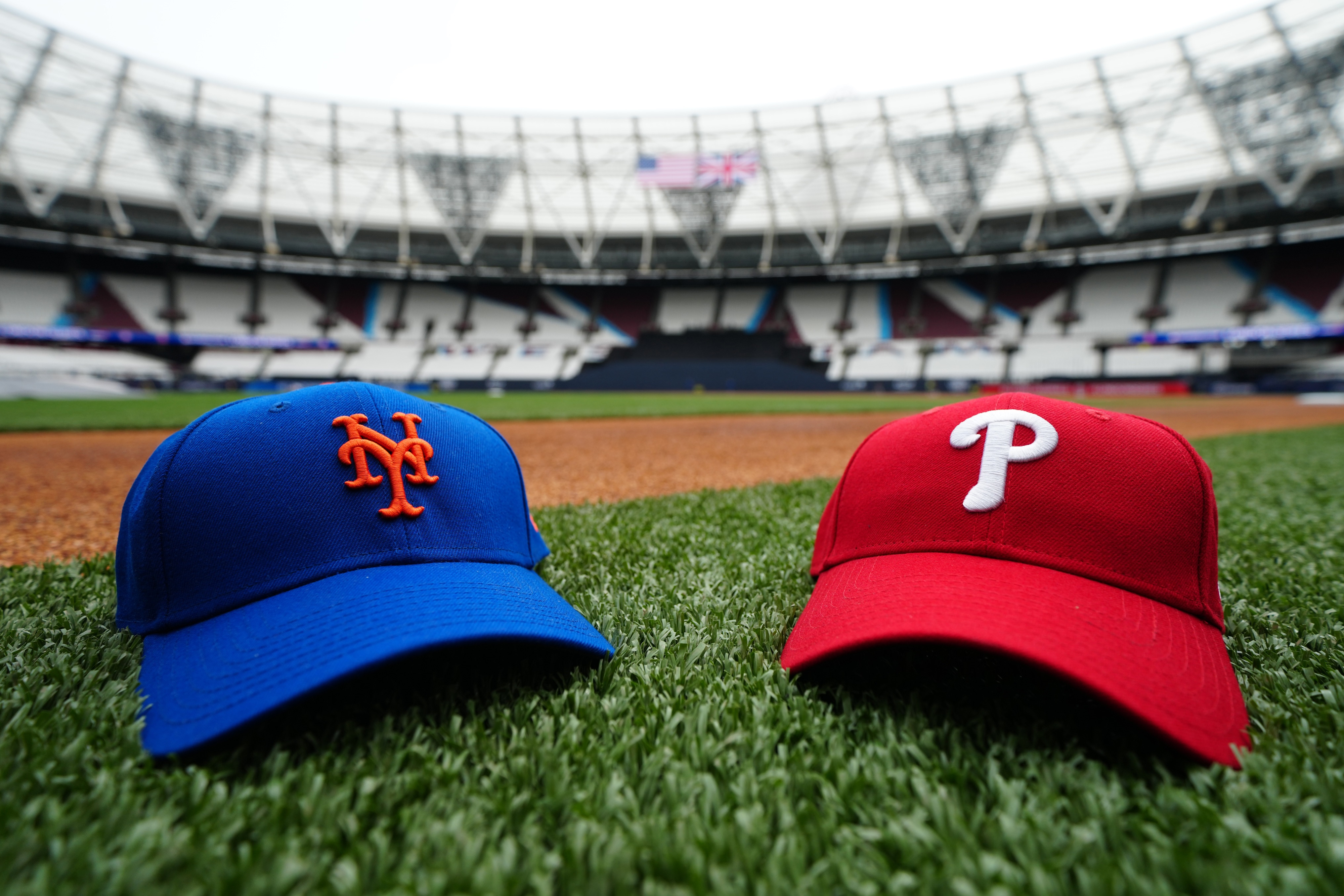Chicago's 1933 World's Fair: The Century Of Progress Exposition

Table of Contents
The Context of the Century of Progress: Overcoming the Great Depression
Economic Hardship and the Fair's Role in Boosting Morale
The 1930s were a time of immense economic hardship. The Great Depression had gripped the nation, leaving millions unemployed and struggling to survive. Chicago, like many other cities, felt the full brunt of this economic crisis. The Century of Progress Exposition, however, provided a much-needed boost to morale.
- A temporary escape: The fair offered a temporary escape from the grim realities of the Depression, providing a space for entertainment, wonder, and optimism. Millions flocked to the fairgrounds, finding solace in the dazzling displays and innovative technologies.
- Economic impact on Chicago: While the initial investment was substantial, the fair ultimately injected significant funds into Chicago's economy. Construction jobs, increased tourism, and related businesses all contributed to a temporary alleviation of economic woes.
- Attendance and economic impact: While precise figures are debated, the fair attracted an estimated 48.7 million visitors over its two-year run, generating millions of dollars in revenue and providing a much-needed injection of capital into a struggling city.
The Fair's Architectural Marvels and Technological Advancements
The Century of Progress Exposition was not just a celebration of progress; it was a testament to architectural ingenuity and technological innovation. The fairgrounds showcased stunning examples of Art Deco and Moderne architecture.
- Notable buildings: The Hall of Science, the Travel and Transport Building, and the dazzling illuminated structures left a lasting impression on visitors. These buildings showcased the streamlined and futuristic aesthetics of the era.
- Innovative technologies: The fair offered glimpses into the future, showcasing groundbreaking technologies such as early television sets, air conditioning systems, and advancements in transportation. These displays captivated audiences and hinted at a brighter technological future.
- Architectural legacy: Many of the fair's buildings, while temporary, influenced subsequent architectural styles, shaping the urban landscape of Chicago and beyond.
Key Exhibits and Attractions of the 1933 World's Fair
Celebrating Scientific and Technological Progress
The Century of Progress Exposition placed a significant emphasis on scientific and technological achievements, reflecting a belief in the power of progress to improve society.
- Exhibits showcasing advancements: Visitors could witness demonstrations of advancements in fields like medicine, engineering, and communication, sparking curiosity and inspiring a sense of wonder.
- Prominent scientists and inventors: Many leading scientists and inventors of the time participated, sharing their expertise and showcasing their inventions to the public.
- Impact on public perception: The fair played a crucial role in shaping public perception of science and technology, fostering a sense of optimism about the future and the potential of human ingenuity.
Cultural and Artistic Displays at the Fair
Beyond science and technology, the 1933 World's Fair celebrated the arts and cultural diversity.
- Art exhibits, cultural performances, and international pavilions: The fair featured diverse art exhibits, captivating cultural performances, and numerous international pavilions, promoting intercultural exchange and understanding.
- Notable artists and performers: Many renowned artists and performers participated, showcasing their talents and sharing their perspectives with a global audience.
- Cultural exchange and understanding: The fair served as a platform for cross-cultural dialogue, fostering a sense of global community and mutual appreciation for different cultures.
The Legacy of the Century of Progress: Lasting Impacts on Chicago and Beyond
Architectural and Urban Development
The Century of Progress Exposition had a profound and lasting impact on Chicago's urban landscape and architectural development.
- Influence on Chicago's urban landscape: The fair's innovative designs and planning influenced subsequent urban development projects in Chicago.
- Buildings still standing: While many structures were temporary, some elements of the fair's architecture remain, serving as lasting reminders of this significant event.
- Impact on urban planning: The fair's design principles and urban planning strategies had a ripple effect, influencing future urban development projects across the country.
Social and Cultural Influence
The Century of Progress Exposition's impact extended far beyond its physical structures, leaving an enduring mark on society and culture.
- Long-term social and cultural impact: The fair's emphasis on progress, innovation, and global cooperation continues to resonate today.
- Influence on future World's Fairs: The success and innovative approach of the Century of Progress influenced the planning and execution of subsequent World's Fairs.
- Ongoing relevance: The themes and ideas explored at the fair – progress, innovation, and global cooperation – remain relevant and important in the 21st century.
Conclusion: Rediscovering Chicago's 1933 Century of Progress Exposition
Chicago's 1933 World's Fair – the Century of Progress Exposition – stands as a remarkable testament to human resilience, innovation, and the power of hope during a time of great adversity. Its impressive architectural achievements, groundbreaking technological displays, and cultural celebrations left an indelible mark on Chicago and the world. This event not only provided a much-needed boost to the city's morale during the Great Depression but also significantly influenced urban planning and architectural styles for decades to come.
Delve deeper into the history of Chicago's 1933 World's Fair – the Century of Progress Exposition – and discover the enduring impact of this remarkable event. Visit local museums and archives, explore online resources, and rediscover the wonder and innovation of this pivotal moment in history. Learn more about the fascinating exhibits, the architectural marvels, and the lasting legacy of the Century of Progress Exposition!

Featured Posts
-
 Psv Juara Liga Belanda Kemenangan Atas Sparta Rotterdam Mengunci Gelar
May 28, 2025
Psv Juara Liga Belanda Kemenangan Atas Sparta Rotterdam Mengunci Gelar
May 28, 2025 -
 Adanali Ronaldonun Cristiano Ronaldo Ya Yaniti Tam Metin Ve Analiz
May 28, 2025
Adanali Ronaldonun Cristiano Ronaldo Ya Yaniti Tam Metin Ve Analiz
May 28, 2025 -
 13th Century Construction Unearthed During Binnenhof Renovations
May 28, 2025
13th Century Construction Unearthed During Binnenhof Renovations
May 28, 2025 -
 Analyzing The Opener Arraez Carpenter Phillies Mets Key Players
May 28, 2025
Analyzing The Opener Arraez Carpenter Phillies Mets Key Players
May 28, 2025 -
 Free Tickets For The American Music Awards Las Vegas Return
May 28, 2025
Free Tickets For The American Music Awards Las Vegas Return
May 28, 2025
